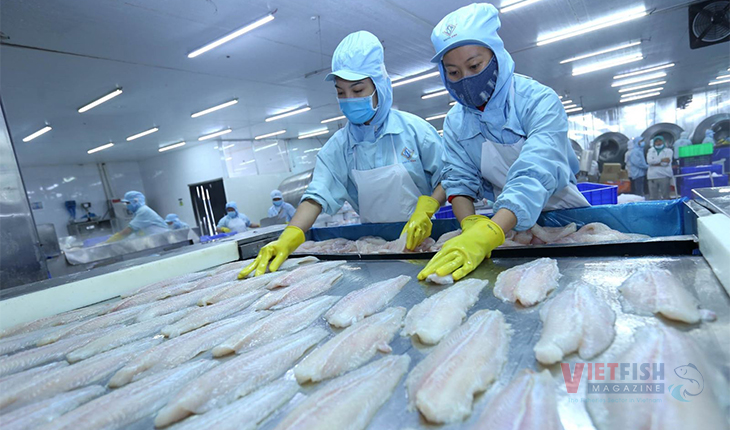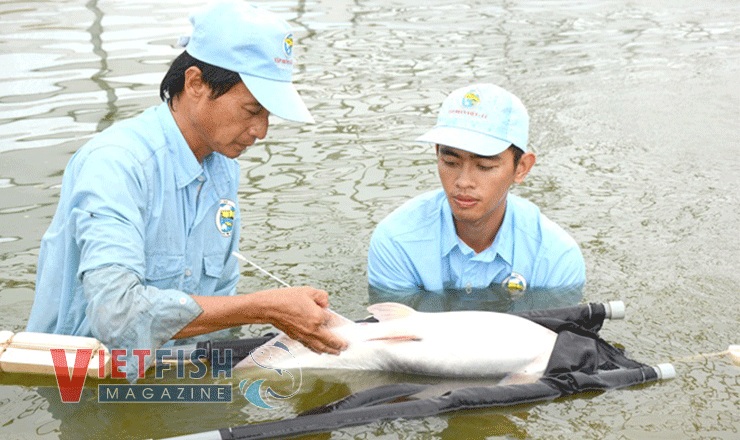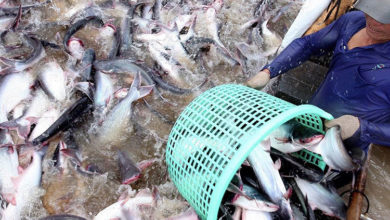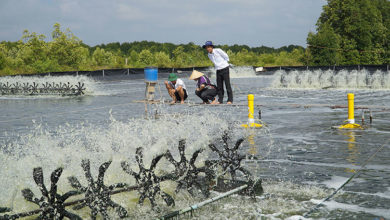2025 – Promising horizons for Vietnam’s pangasius industry
The year 2025 brings fresh opportunities and signals a bright future for Vietnam's seafood sector, particularly pangasius.
In its 2025 outlook, the Vietnam Association of Seafood Exporters and Producers (VASEP) highlighted the pangasius industry’s resilience and adaptability following two years of market volatility and domestic production challenges. The industry seized export opportunities, with pangasius exports reaching USD 2 billion in 2024, a 9% increase from 2023, marking a significant milestone for Vietnam’s seafood and agriculture sectors.
In 2024, global political instability, rising inflation, unemployment, and economic disruptions posed significant challenges to Vietnam’s seafood exports, including pangasius. Natural disasters, particularly Typhoon Yagi (Typhoon No. 3), caused extensive damage, impacting thousands of fishers and farmers. Despite increased production costs, sluggish import price recovery, and high shipping rates, the pangasius industry successfully met its 2024 export goals.
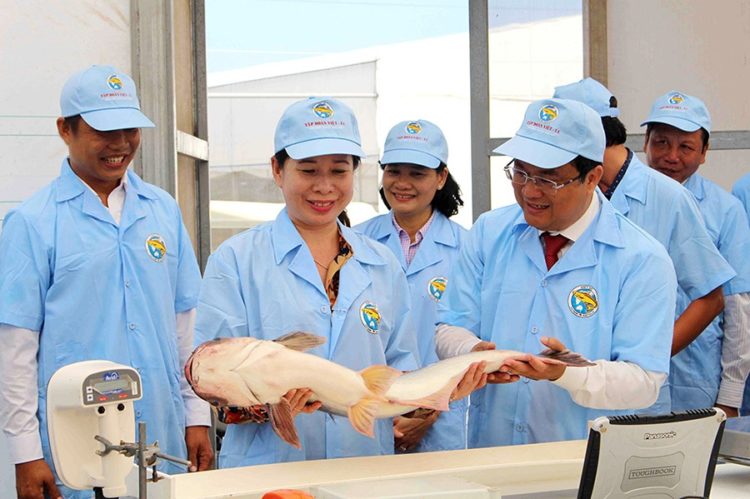
Pangasius enterprises focused on enhancing quality and productivity while tapping into growing demand in markets such as the U.S., Brazil, Colombia, the Middle East, and CPTPP member nations. These efforts compensated for the decline in exports to China, helping the industry recover and surpass the USD 2 billion export mark in 2024, a 9% growth from the previous year.
VASEP credited this achievement to proactive government guidance, robust support from ministries and local authorities, and the collective efforts of industry stakeholders. Companies, associations, and farmers worked collaboratively to innovate, diversify markets, and improve product quality.
After a challenging 2023, Vietnam’s pangasius exports showed signs of recovery in 2024. Looking to 2025, economic recovery and increased demand in major markets are expected to further drive growth. Markets such as China, the U.S., Brazil, Colombia, and CPTPP countries will continue to play a pivotal role in ensuring pangasius remains a popular choice on dining tables globally.
Despite its prominence as a key export product, the pangasius industry will face notable challenges in 2025. Climate change, including changes in water flow in the Mekong River and increased salinity in the Mekong Delta, may significantly affect aquaculture operations.
The industry also faces growing competition from countries like China, India, and Indonesia, which are ramping up their aquaculture and processing efforts.
Vietnam has set ambitious goals for 2025, targeting a production volume of 1.65 million tons and export revenue of approximately USD 2 billion. Achieving these objectives amid fluctuating economic, environmental, and production conditions will demand concerted efforts from the industry and relevant authorities.
Deputy Minister of Agriculture and Rural Development Phung Duc Tien emphasized the importance of scaling up industrial pangasius farming with biosecurity measures. He also highlighted the need for strict management of antibiotic use and improved oversight of breeding facilities.
To boost product value, the development of closed-loop production, processing, and consumption chains will be critical. Incorporating advanced technologies and optimizing by-product utilization can further enhance product value. In addition to strengthening traditional markets, exploring new opportunities, such as the Halal-certified Islamic market, is a strategic priority for the sector.
VFM


